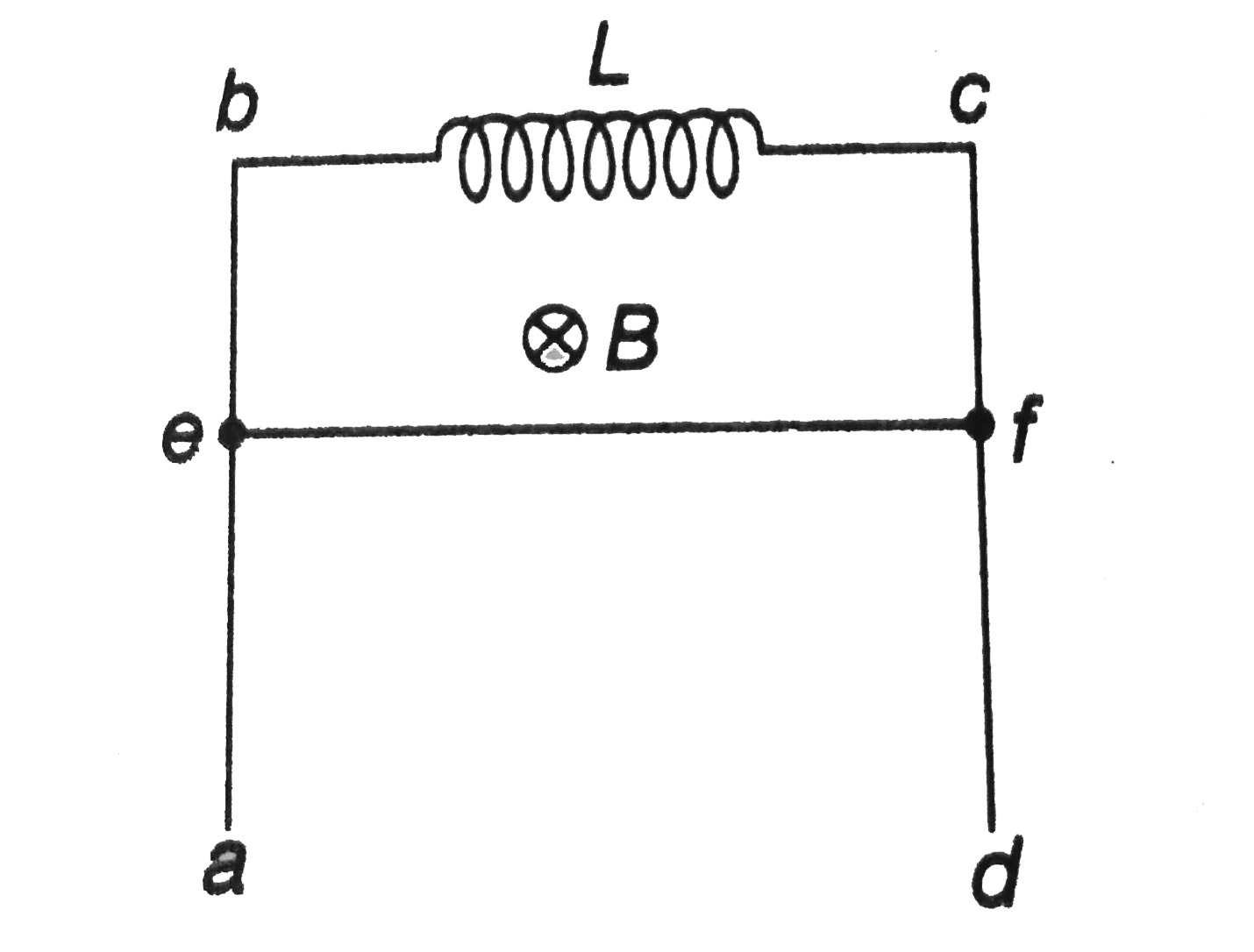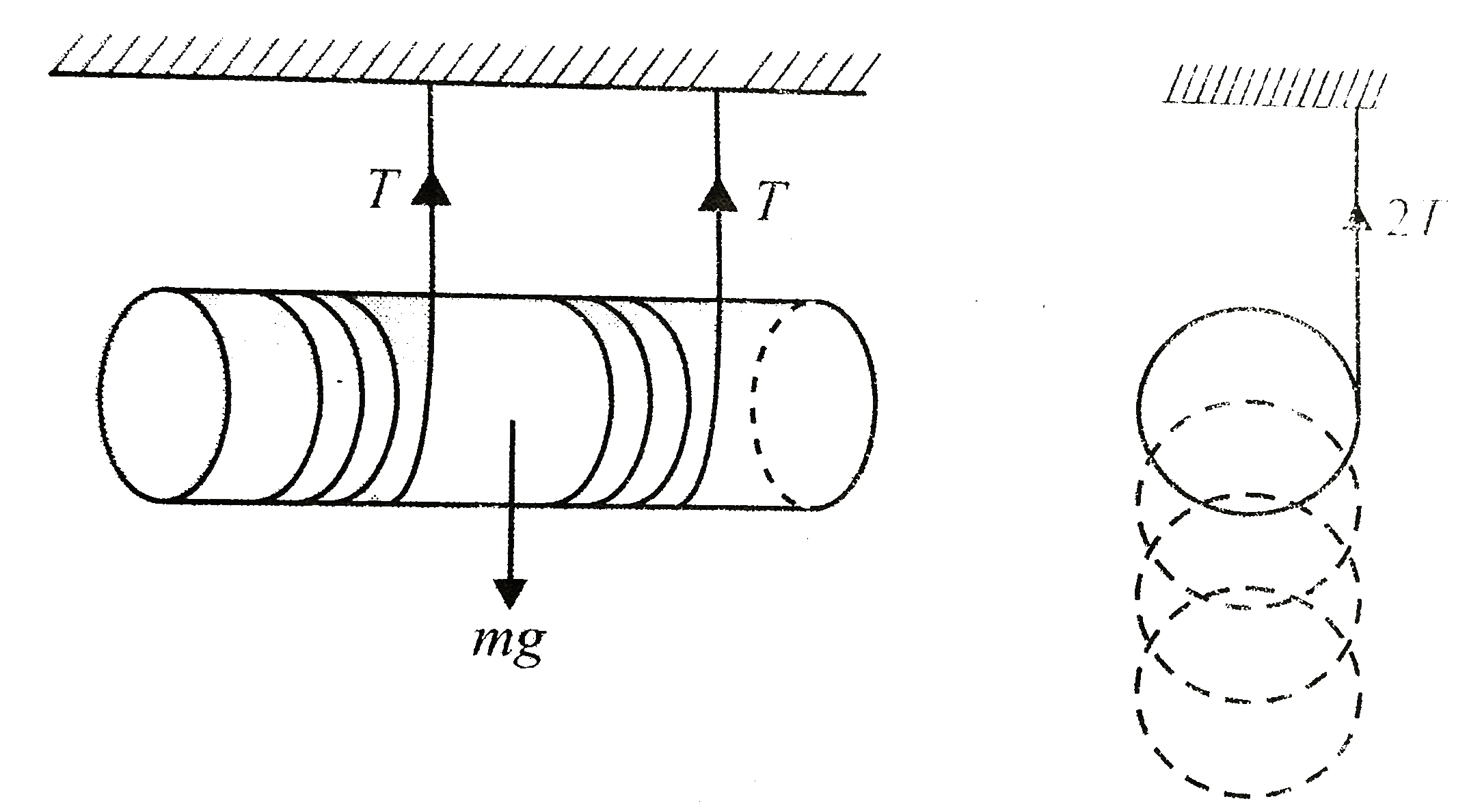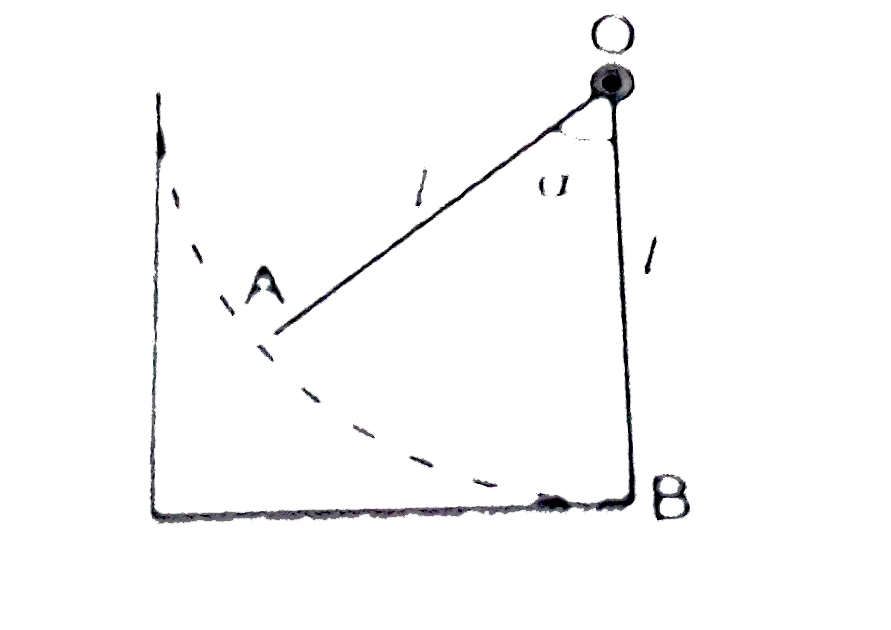State Lenz's Law.
A metallic rod held horizontally along east-west direction, is allowed to fall under gravity. Will there be an emf induced at its ends? Justify your answer.
Lenz's law states that the direction of the induced and the direction of induced current are such that they oppose the cause which produces them.The rod held along east west direction will fall in a perpendicular magnetic field present in direction.Hence an will be induced in the rod following the relation for the motional .
Topper's Solved these Questions
- BOOK - RESONANCE ENGLISHCHAPTER - ELECTROMAGNETIC INDUCTIONEXERCISE - A.l.P19videos
ELECTROMAGNETIC INDUCTION
- BOOK - RESONANCE ENGLISHCHAPTER - ELECTROMAGNETIC INDUCTIONEXERCISE - Exercis-3 PART 216videos
ELECTROMAGNETIC INDUCTION
- BOOK - RESONANCE ENGLISHCHAPTER - ELECTRODYNAMICSEXERCISE - Advanced level problems31videos
ELECTRODYNAMICS
- BOOK - RESONANCE ENGLISHCHAPTER - ELECTROSTATICSEXERCISE - HLP40videos
ELECTROSTATICS
Similar Questions
Knowledge Check
- Question 1 - Select One
A metal ring is held horizontally and bar magnet is dropped through the ring with its length along the axis of the ring. The acceleration of the falling magnet
Aequal to gBless than gCmore than gDdepends of on the diameter of the ring length of magnet
A horizontal straight conductor when placed along south-north direction falls under gravity, there is
View SolutionSTATEMENT - 1 : The magnetic flux through a closed surface is zero.
STATEMENT - 2 : When a rod oriented along magnetic north and magnetic south direction falls under gravity. Potential difference developed across its ends is zero.
STATEMENT - 3 : A resistance is connected to an ac source. If an inductor is included in the circuit in series. The average power dissipated in the resistance will decrease.View SolutionAt a plane the value of horizontal component of the eart's magnetic field H is 3×10−5weber/m2. A metallic rod AB of length 2m placed in east-west direction, having the end A towards east, falls vertically downward with a constant velocity of 50m/s. which end of the rod becomes positively charged and what is the value of induced potential difference between the two ends?
View SolutionThe horizontal component of the earth's magnetic field at a place is 4.0×10−4T and the dip is 45∘. A metal rod of length 20 cm is placed in the north-south direction and is moved at a constant speed of 5 cm/s towards east. Calculate the emf induced in the rod.
View SolutionA conducting frame abcd is kept in a vertical plane. A conducting rod of of mass m and length l can slide smoothly on it remaining always horizontal. The resistance of the loop is negligible and inductance is constant having value L. The rod is left from rest and allowed to fall under gravity and inductor has no initial current. A magnetic field of constant magnitude Bis present throughout the loop pointing inwards. Determine

(a) position of the rod as a function of time assuming initial position of the rod to be x=0 and vertically downward as the positive x-axis.
(b) the maximum current in the circuit.
(c) maximum velocity of the rodView SolutionA solid cyinder of mass m=4kg and radius R=10cm has two ropes wrapped around it. one near each end. The cylinder is held horizontally by fixing the two free ends of the cords to the hooks on the ceiling such that both the cords are exactly vertical. The cylinder is released to fall under gravity. Find the linear acceleration of the cylinder.
 View Solution
View SolutionAn electrometer consister of a fixed vertical metal bar OB at the top of which is attached a thin rod OA which gets deflected from the bar under the action of an electric charge (fig.). The rod can rotate in vertical plane about fixed horizontal axis passing through O. The reading is taken on a quadrant graduated in degrees. The length of the rod is l and its mass is m. what will be the charge when the rod of such an electrometer is deflected through an angle α in equilibrium. Find the answer using the following two assumptions :
The charge on the electrometer is equally distributed between the bar & the rod and the charges are concentrated at point A on the rod & at point B on the bar.
 View Solution
View Solution

